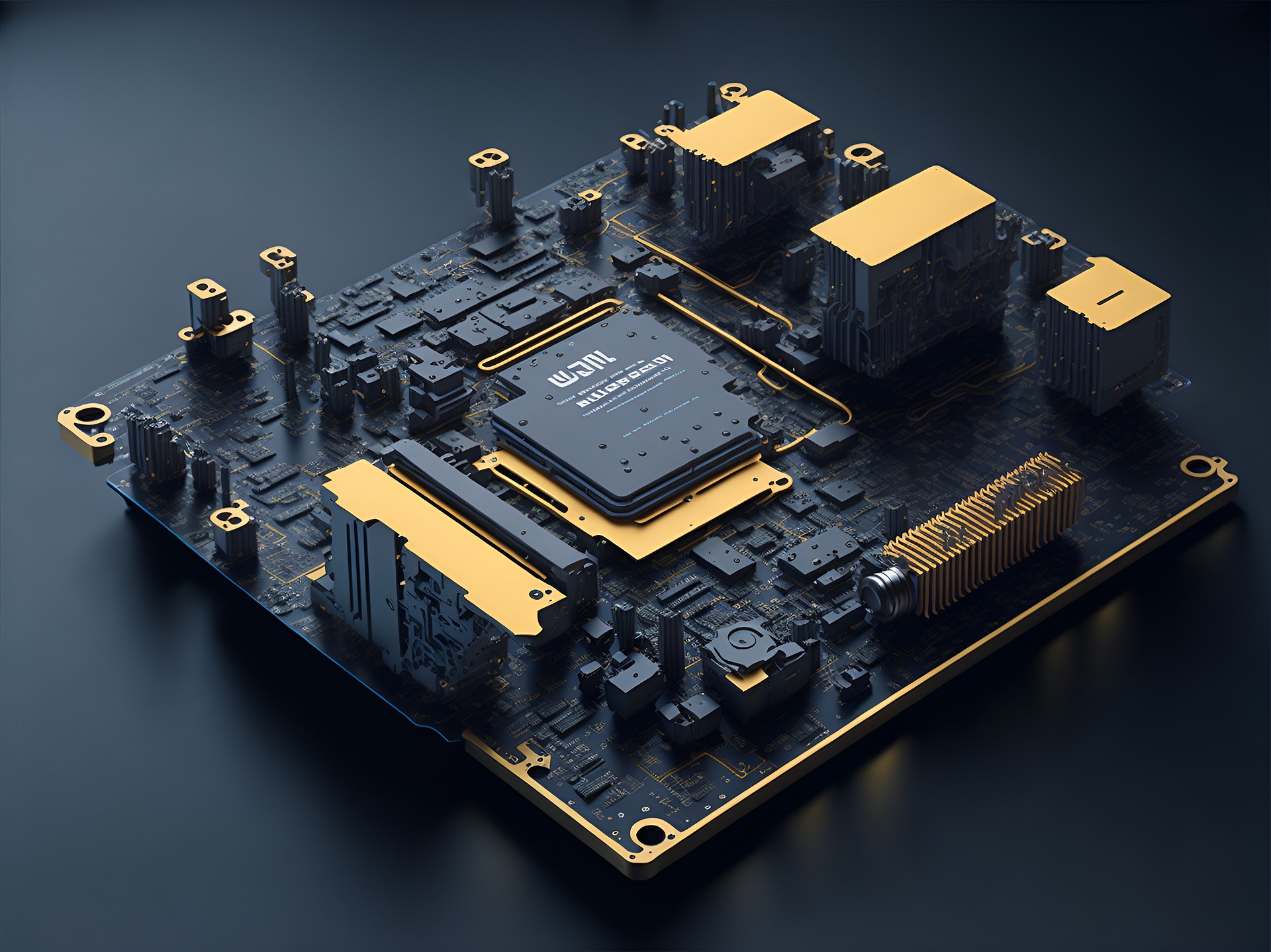Vanishing Act: The Rise of Invisible Tech Gadgets
In the realm of technology, the invisible has always been deemed the impossible. Until now. Hidden beneath the surface, a quiet revolution is reshaping the tech landscape. In this article, we explore the surging popularity of invisible tech gadgets and the profound impact they're set to make on our lives.

Background: A Revolution Unseen
Invisible technology isn’t a new concept. In fact, it’s been lingering on the fringes of the tech world for decades. The idea is simple: technology that integrates seamlessly into our lives without demanding constant attention. This notion was first proposed in the 1980s by Mark Weiser, a computer scientist at Xerox PARC, who coined the term “ubiquitous computing.” Weiser envisioned a world where technology was so integral to our lives that it became invisible.
Fast forward to today, and we find ourselves on the cusp of realizing Weiser’s vision. Invisible technology is making its presence felt in a big way, from smart homes to wearable tech.
Current Trends: A New Era of Invisibility
In 2021, invisible tech is finally coming into its own. The most notable example is in the realm of smart homes. Companies like Google, Amazon, and Apple are making huge strides in creating tech that blends seamlessly into our homes. Their smart speakers, thermostats, and security systems are no longer intrusive gadgets but an integral (and nearly invisible) part of our living spaces.
Another sector where invisible tech is gaining traction is wearable technology. While early wearables like smartwatches and fitness trackers were conspicuous, the new generation of wearables is all about discretion. From smart glasses that look like regular eyewear to fitness rings that could be mistaken for a piece of jewelry, these gadgets are designed to be unobtrusive.
The Price of Invisibility
While the idea of invisible technology is alluring, it comes with its own set of challenges, the biggest being the cost. Creating tech that blends seamlessly into our lives is an expensive process. For example, Google’s smart glasses, known as Google Glass, were priced at a whopping $1,500 when they first launched. Similarly, smart home technology is still considered a luxury, with devices like smart thermostats and security systems costing several hundred dollars.
However, as the technology matures and competition increases, prices are expected to come down. In the meantime, it’s a small price to pay for the convenience and functionality that invisible tech offers.
Market Impact: A Future Unseen
The market potential for invisible tech is enormous. According to a report by MarketsandMarkets, the global smart home market is expected to reach $151.4 billion by 2024. Similarly, the wearable tech market is predicted to grow at a CAGR of 15.9% from 2020 to 2027, according to a report by Grand View Research.
This growth is set to impact not just the tech industry but also other sectors like healthcare, fitness, and entertainment. As technology becomes more integrated into our lives, it will open up new avenues for innovation and growth.
A World Unseen
As we move further into the 21st century, invisible technology is set to redefine our relationship with gadgets. From smart homes that anticipate our needs to wearables that monitor our health, the future is all about technology that works quietly in the background, enhancing our lives without being obtrusive. It’s a brave new world, and we’re all invited to be part of it.




